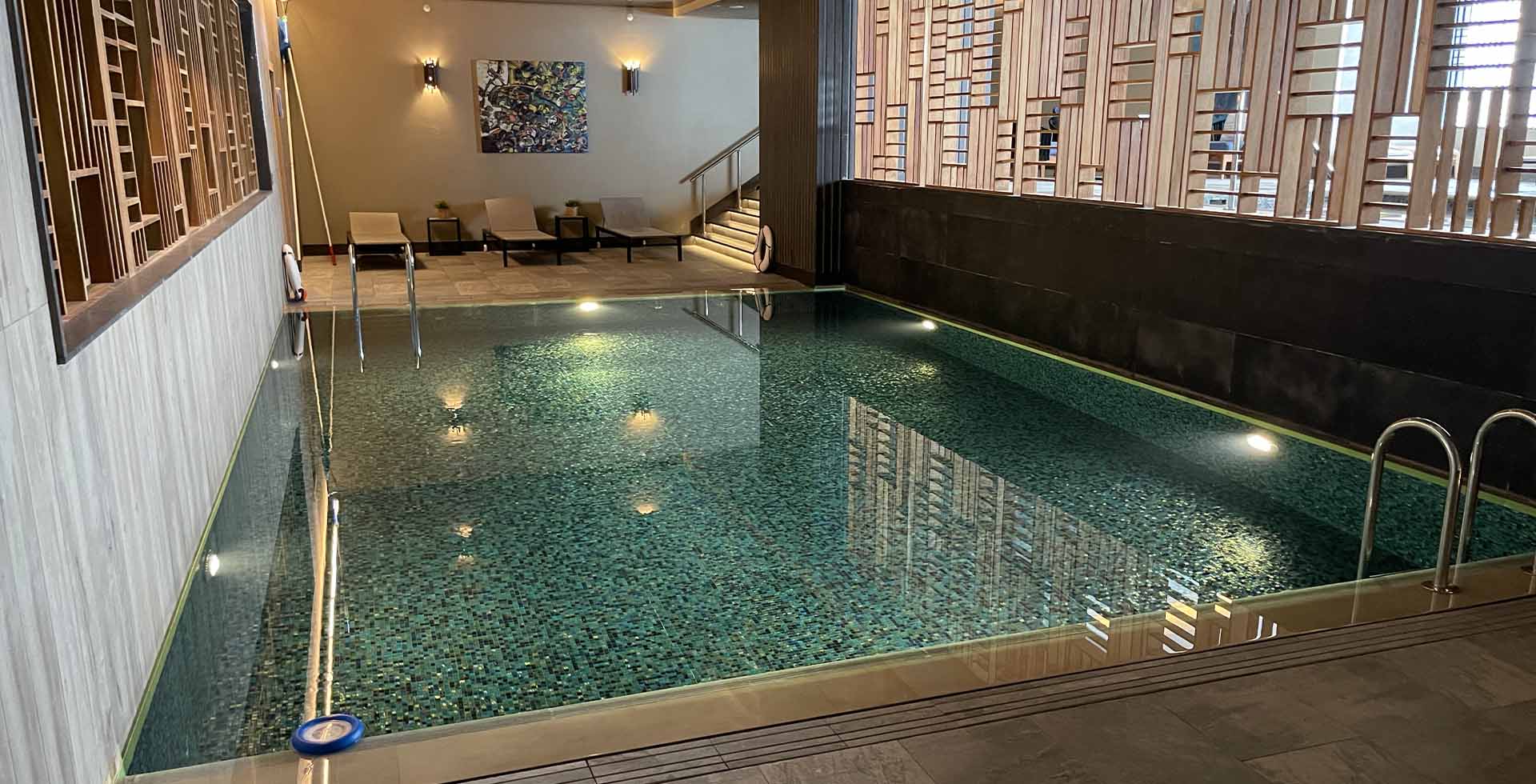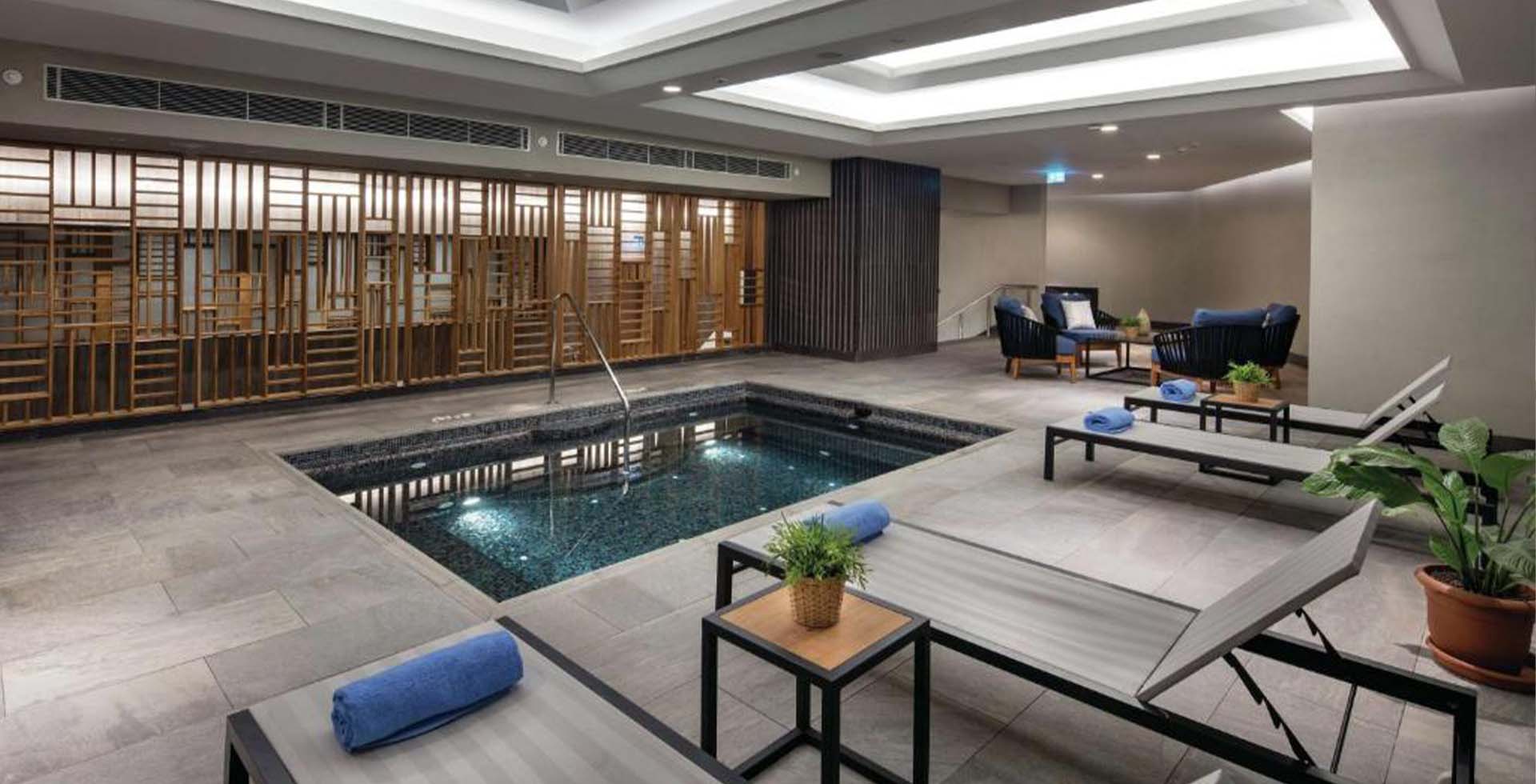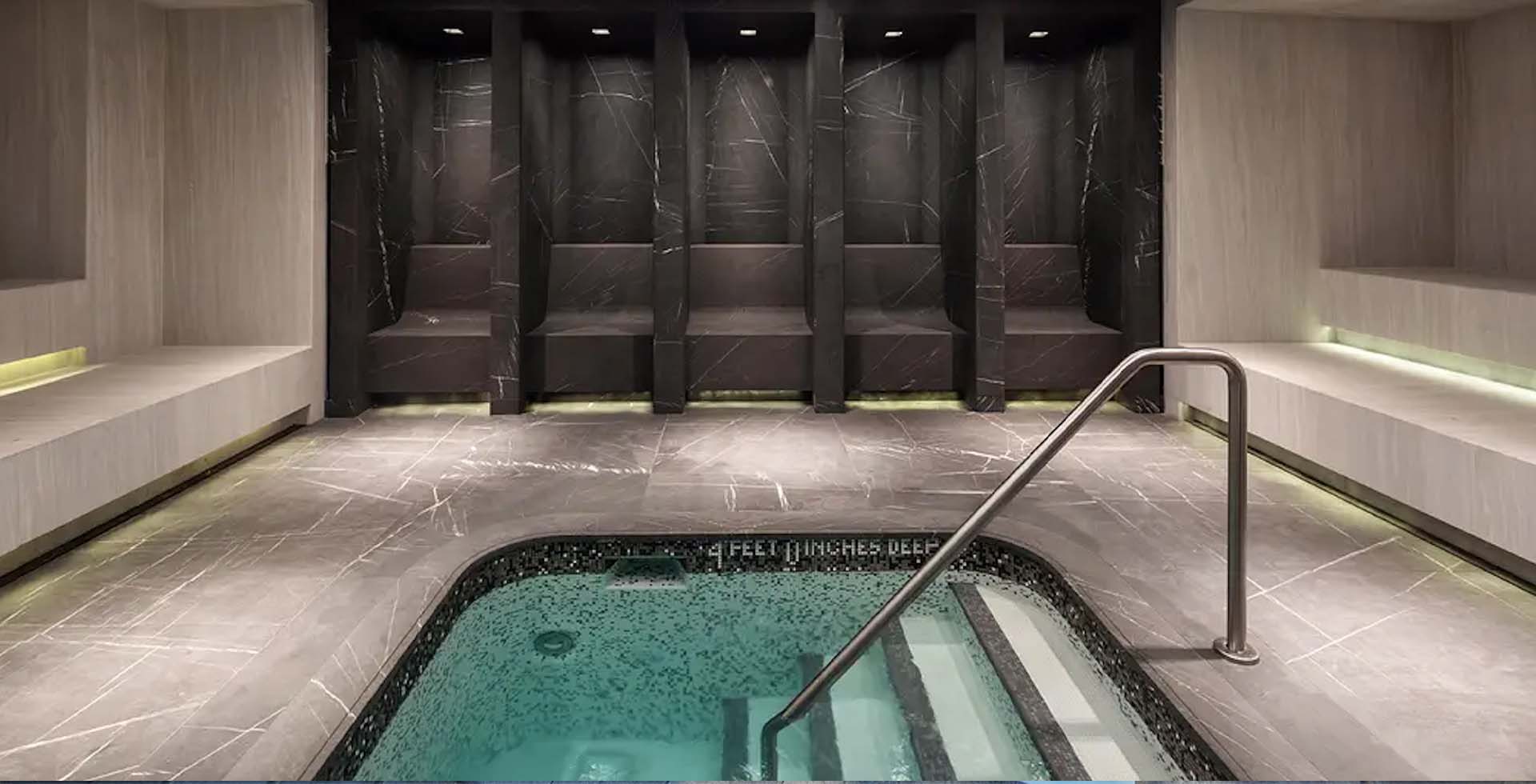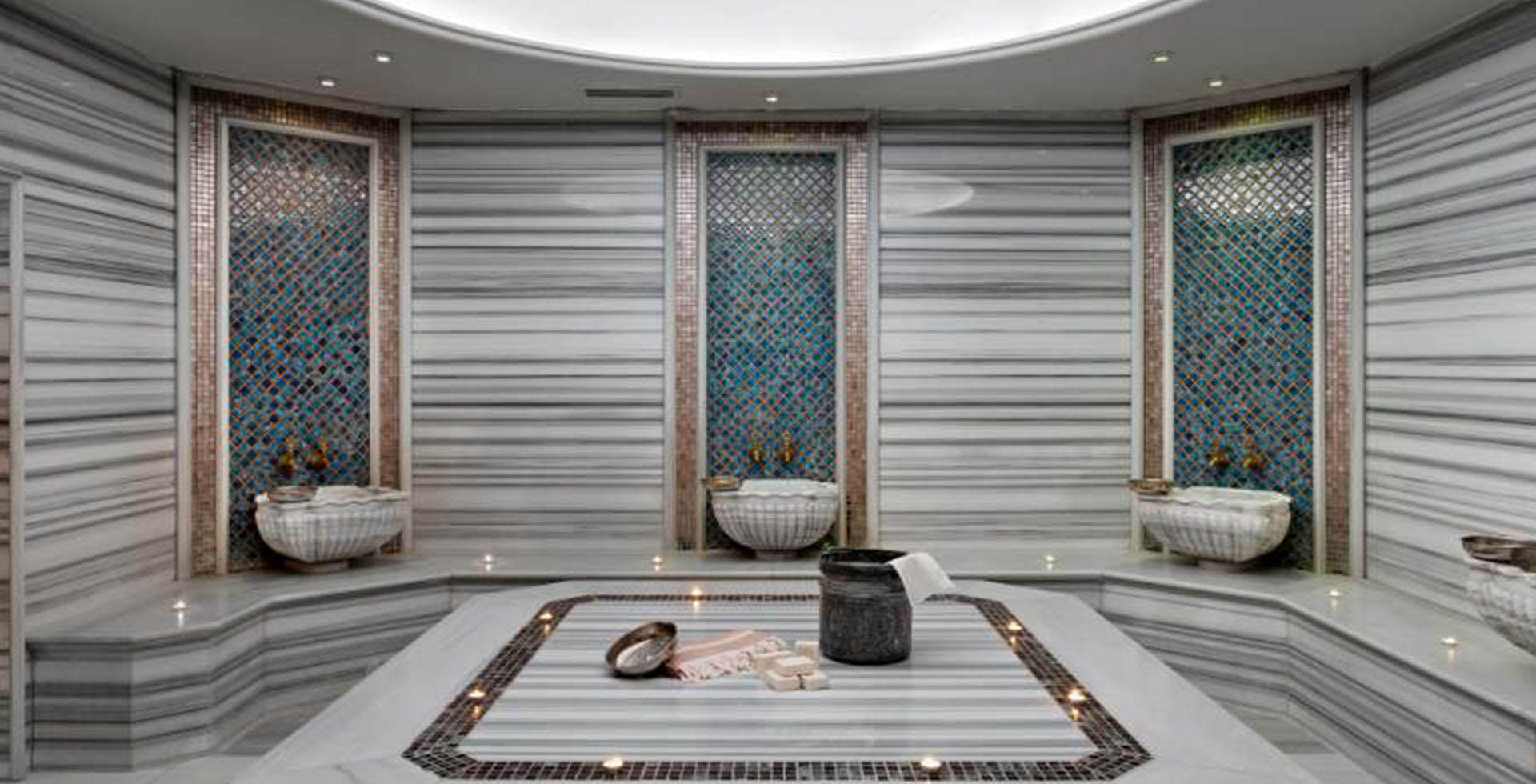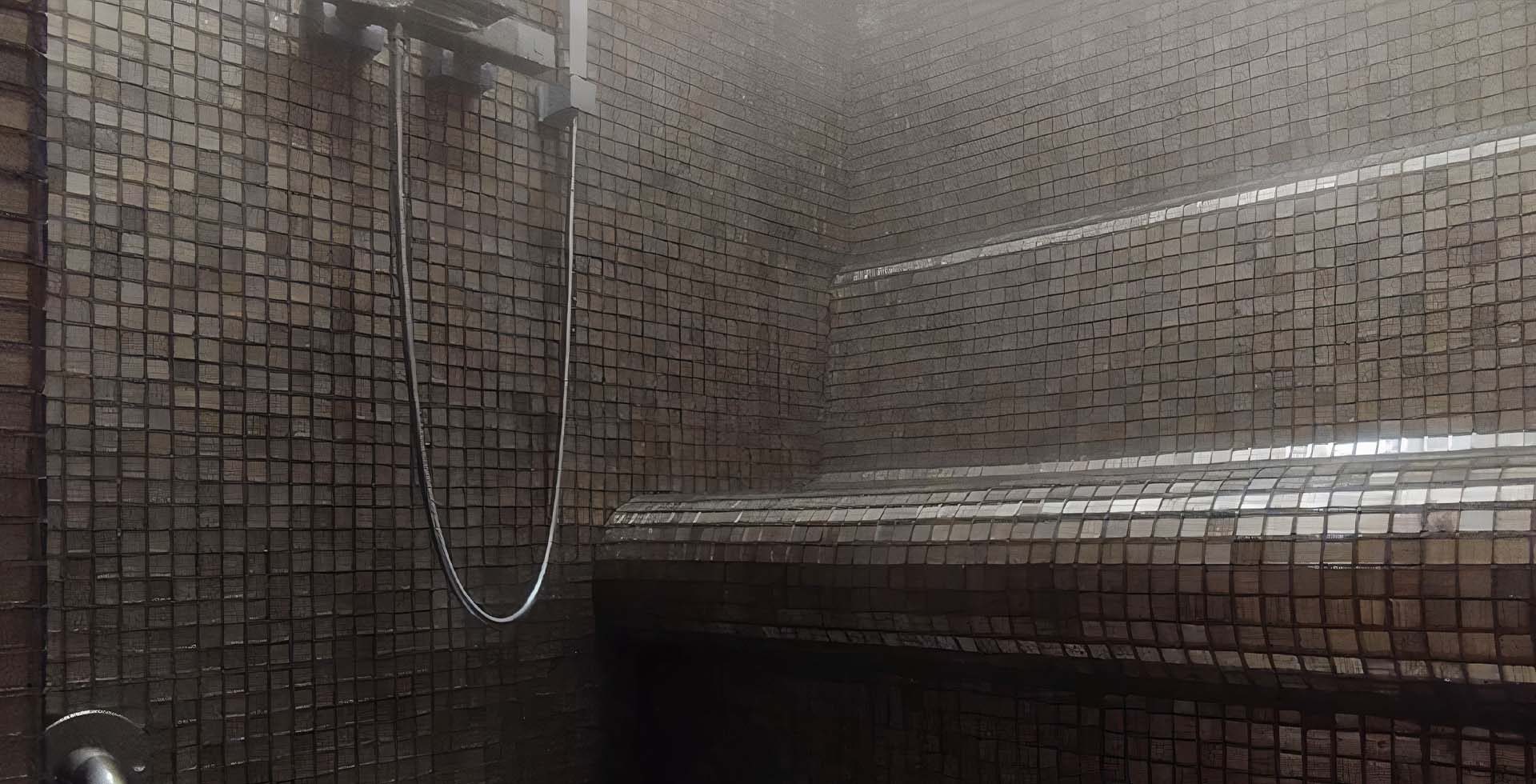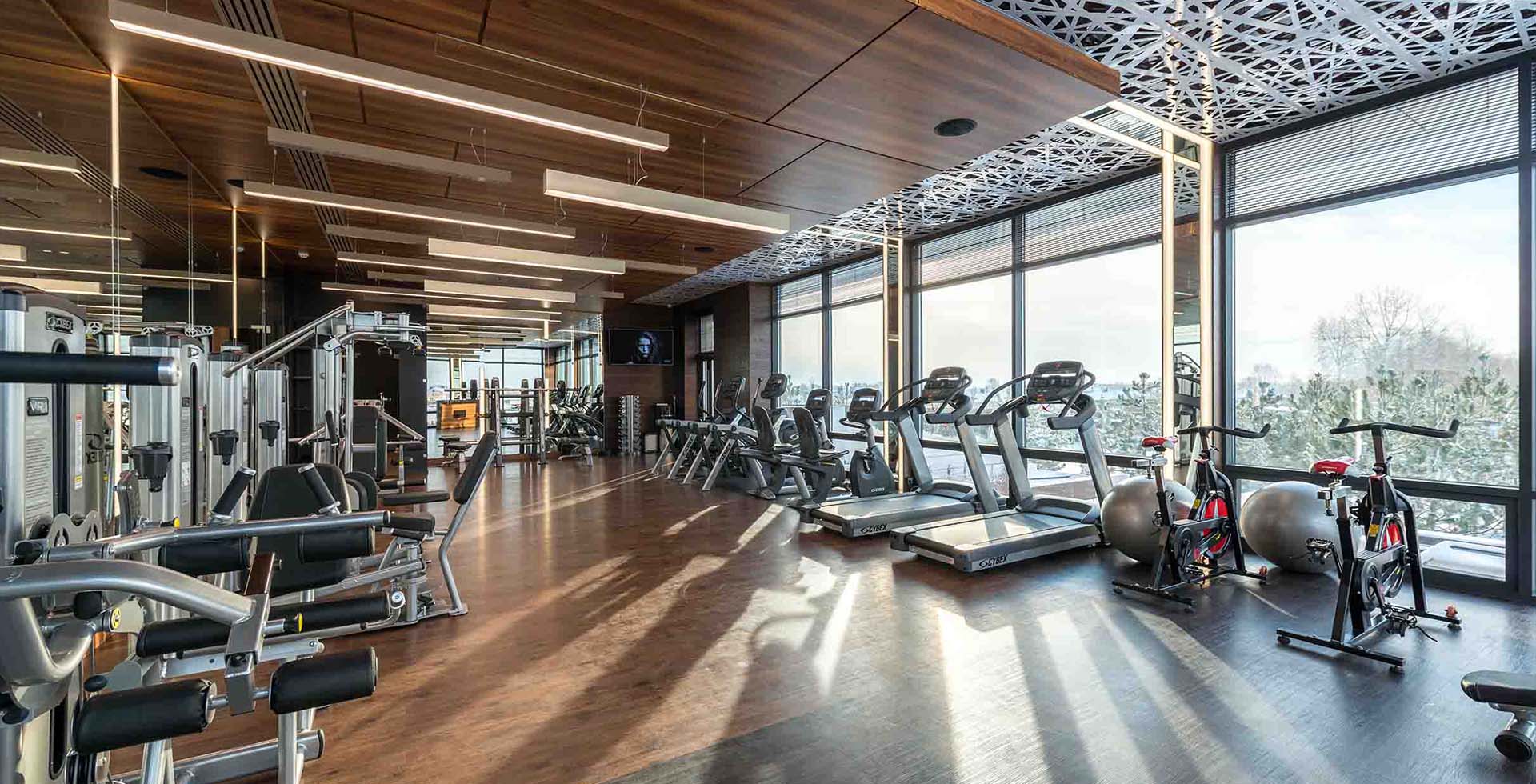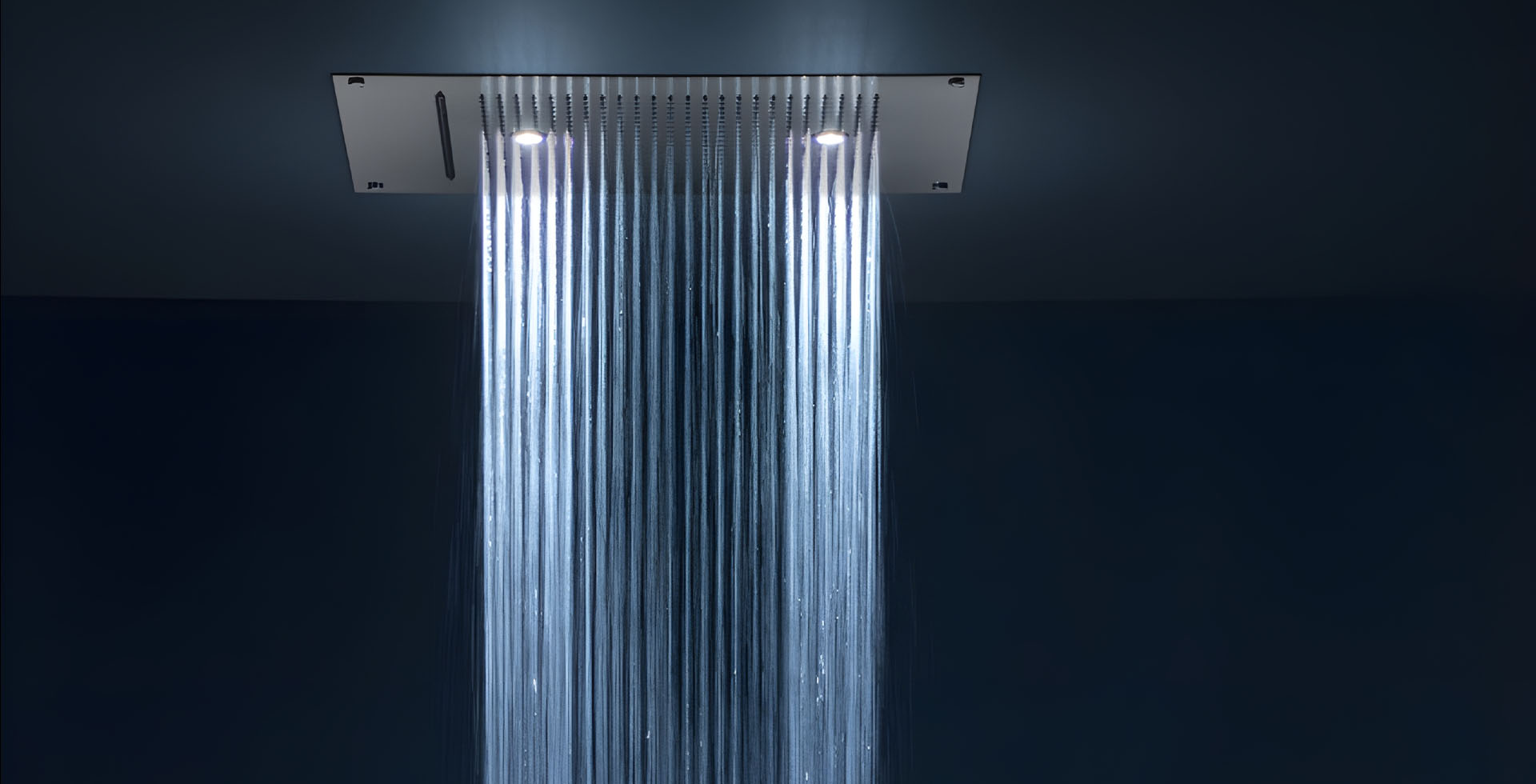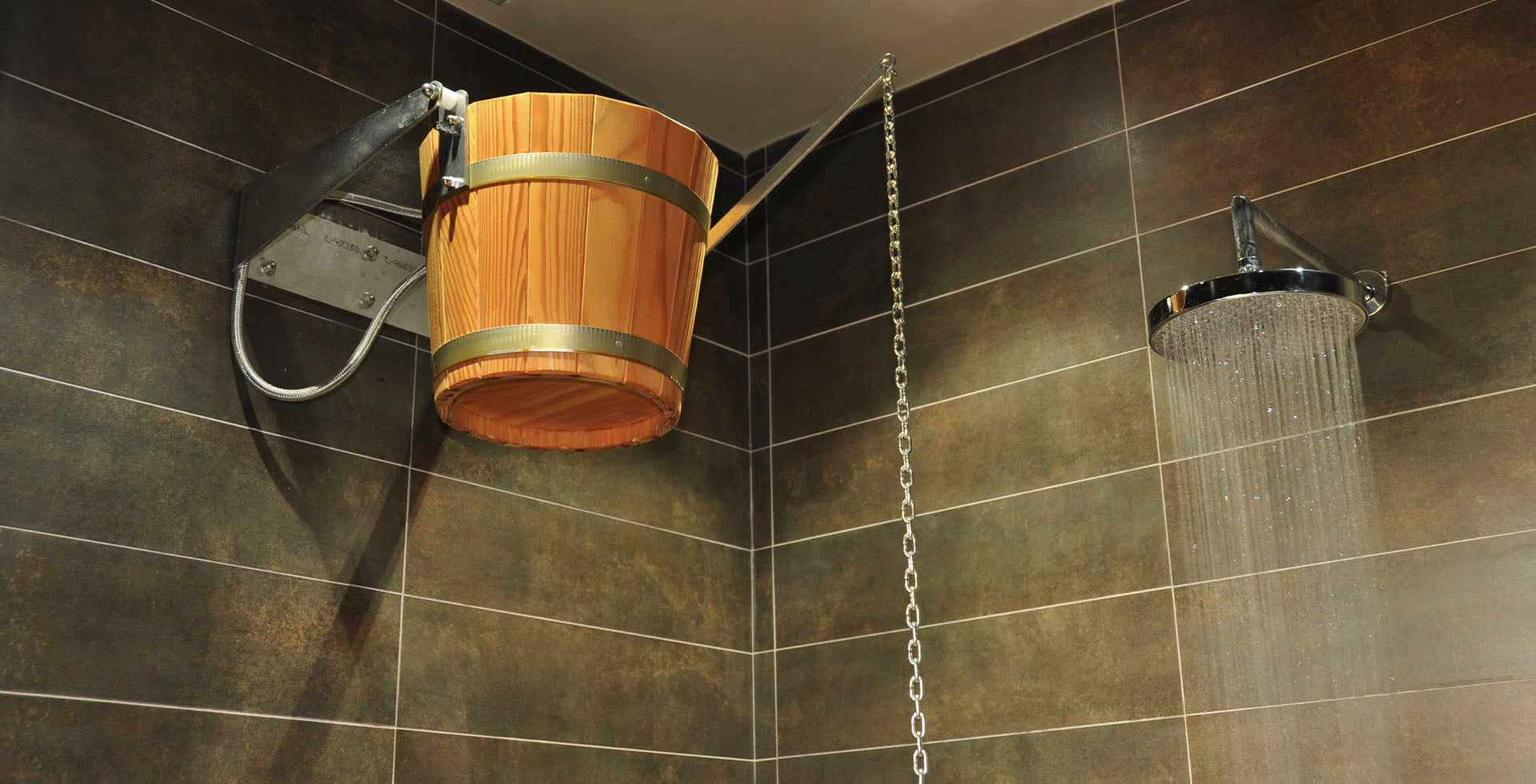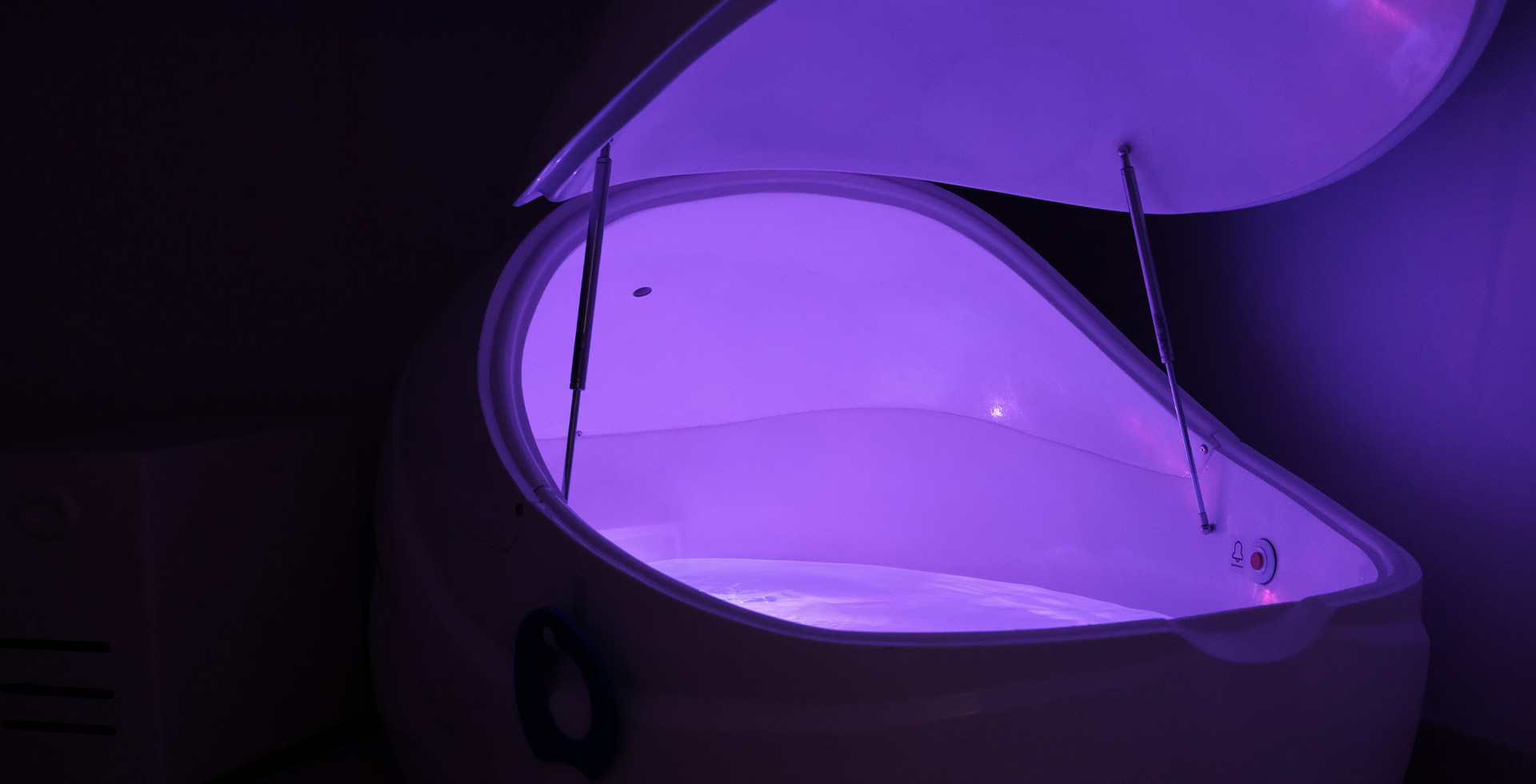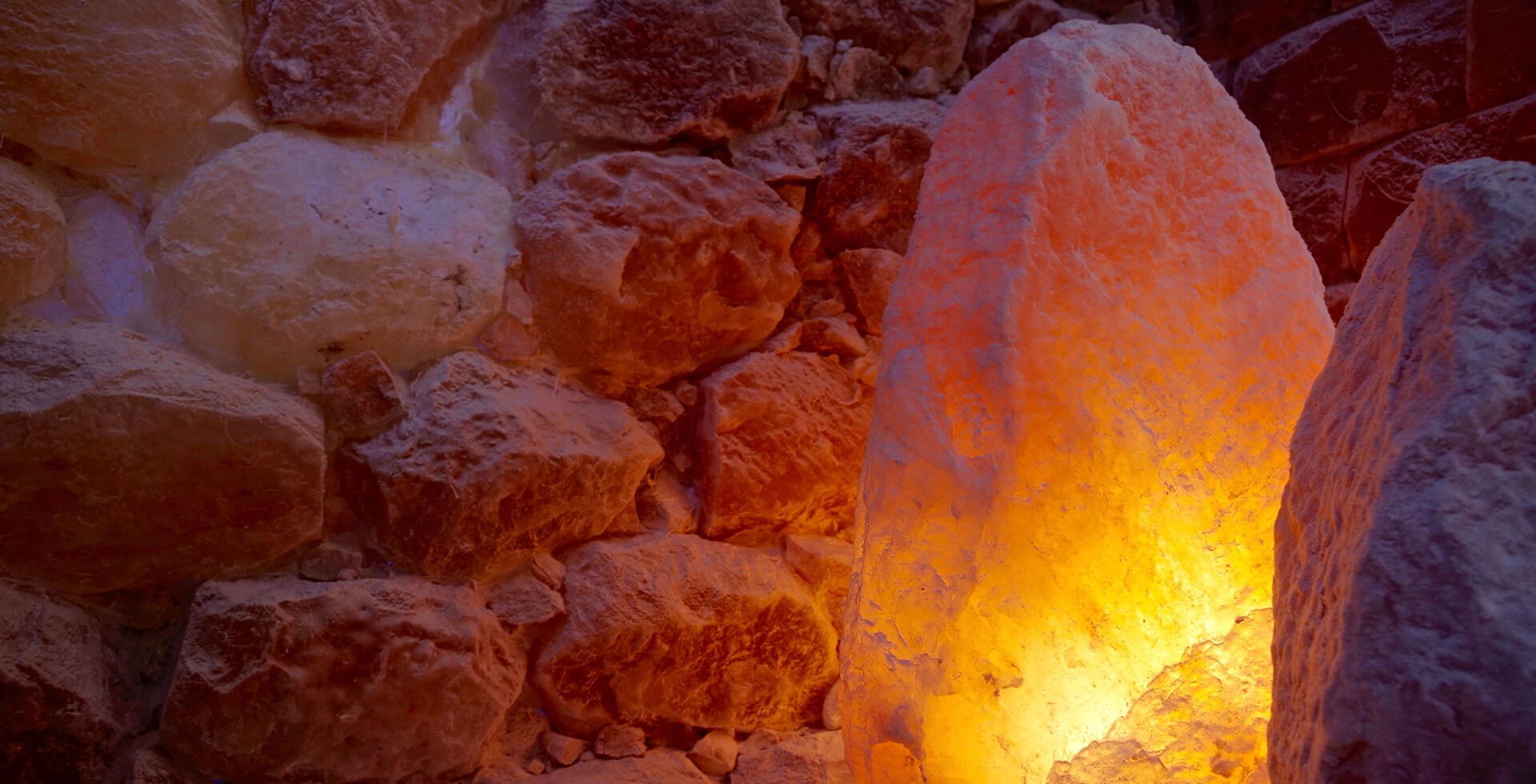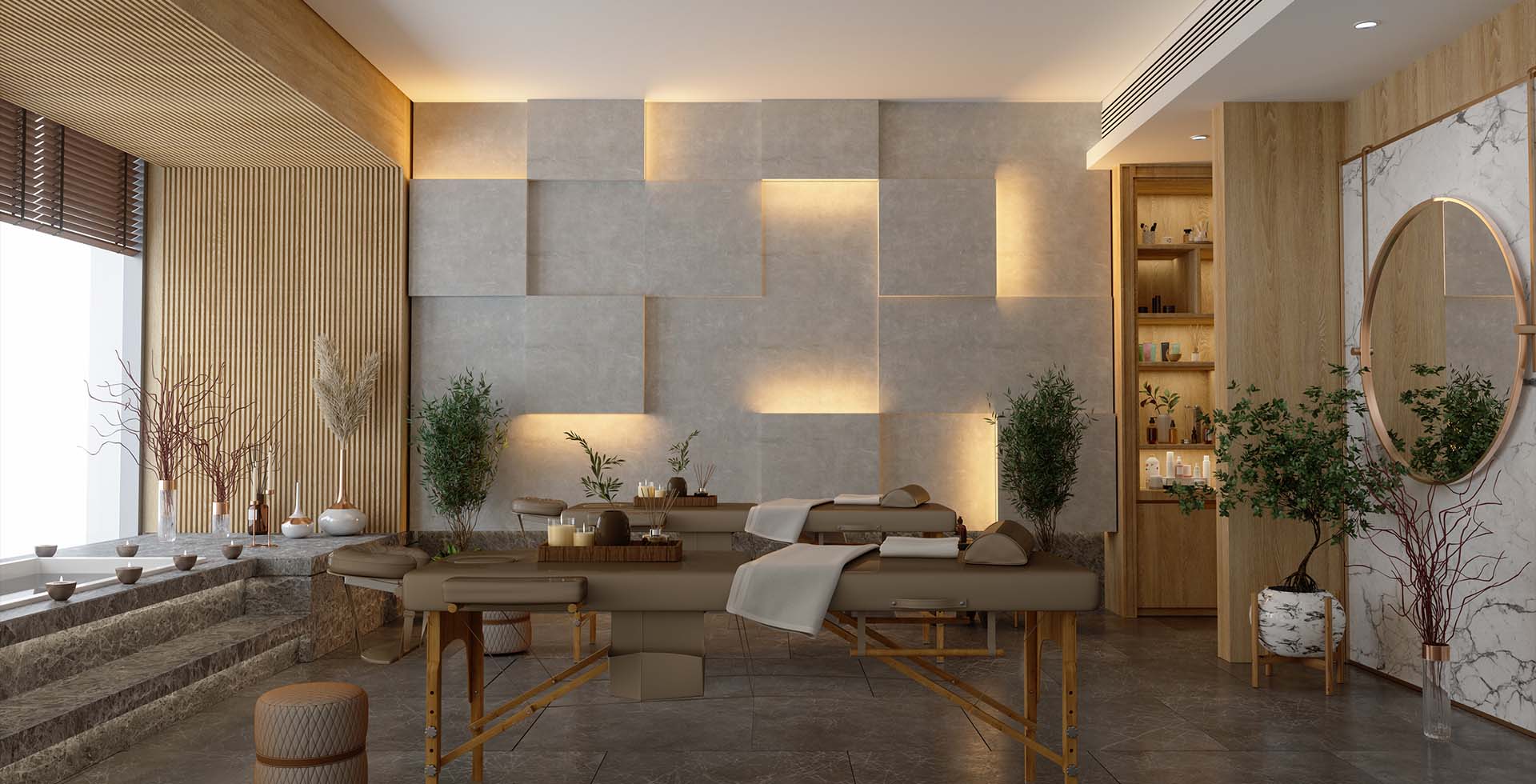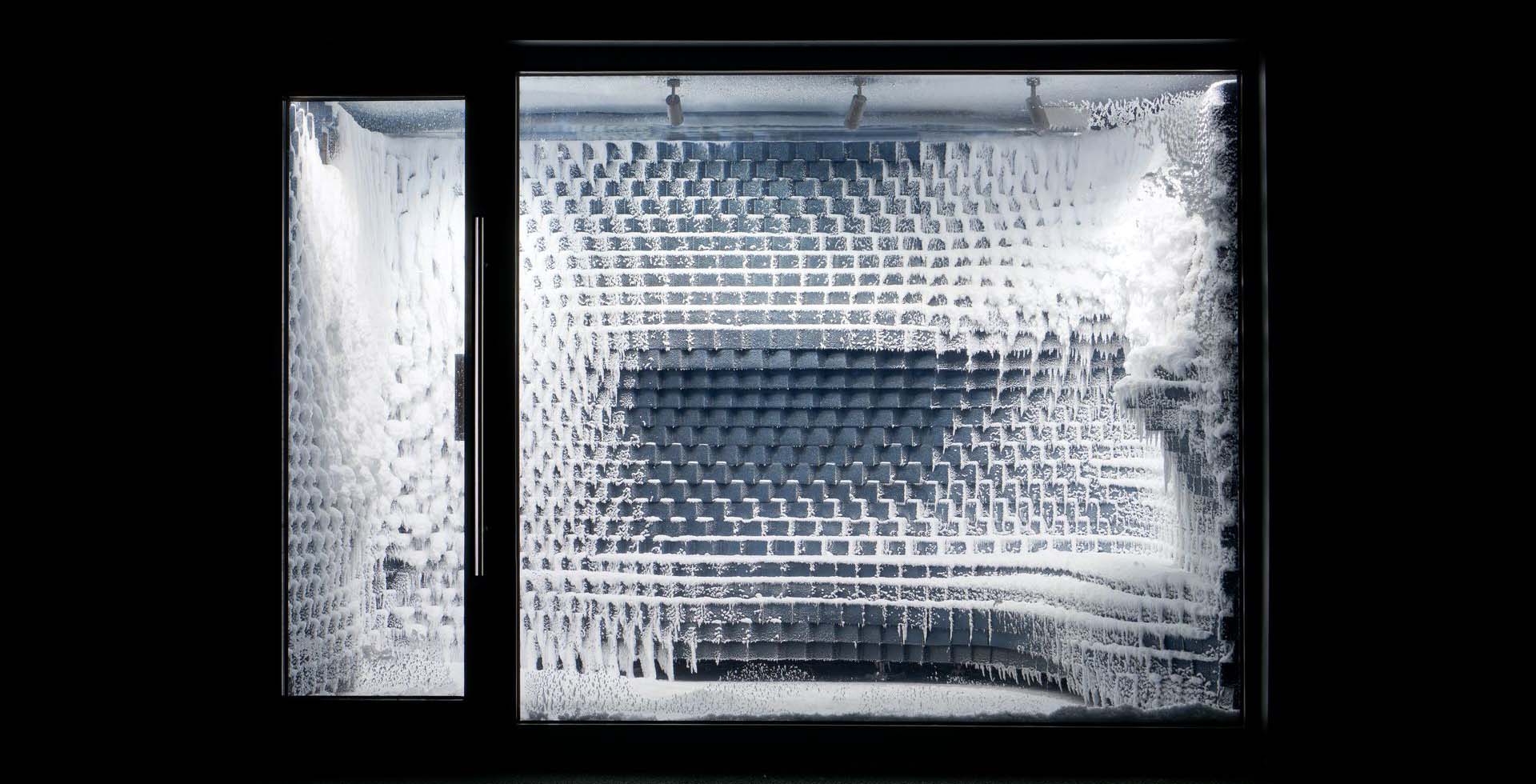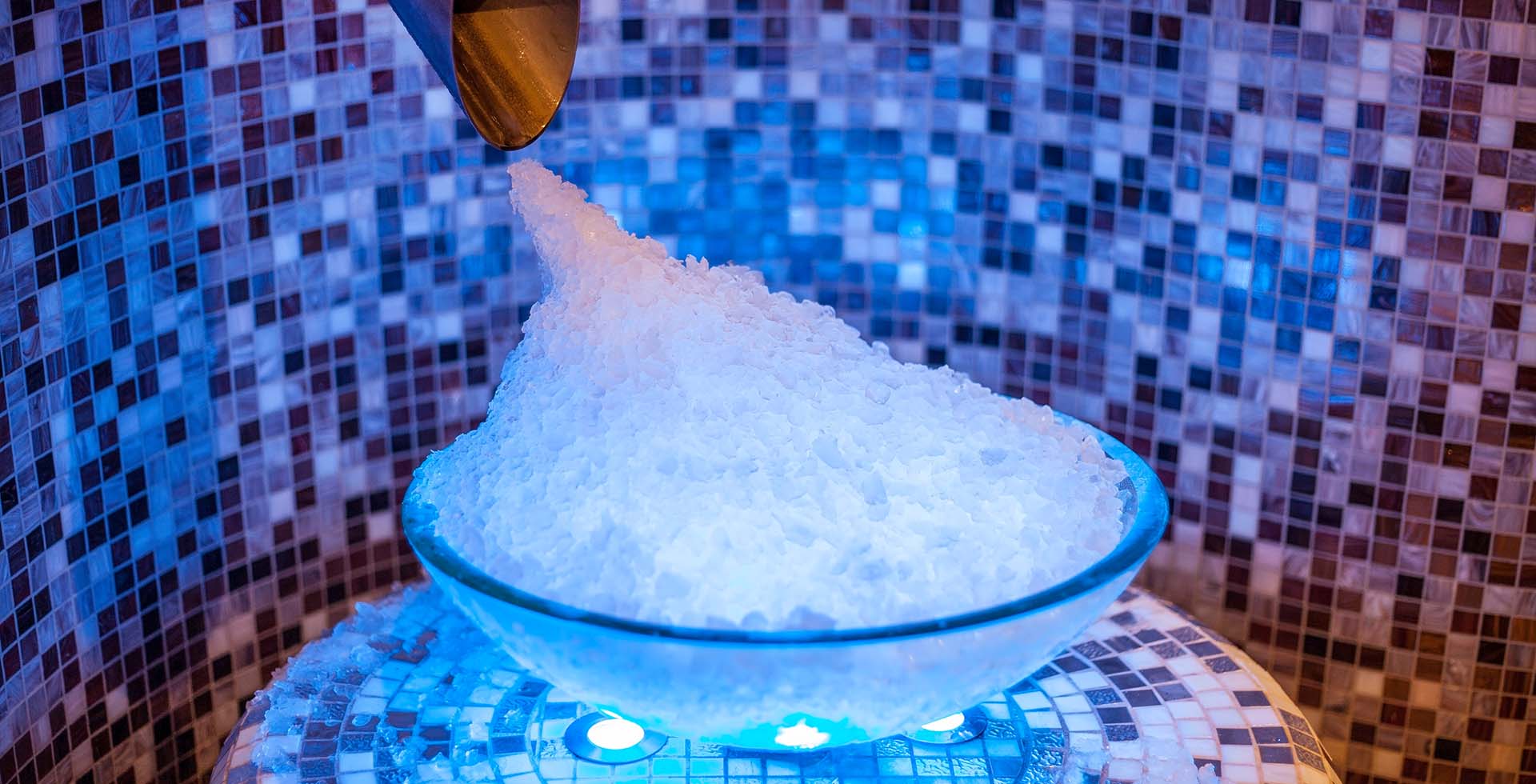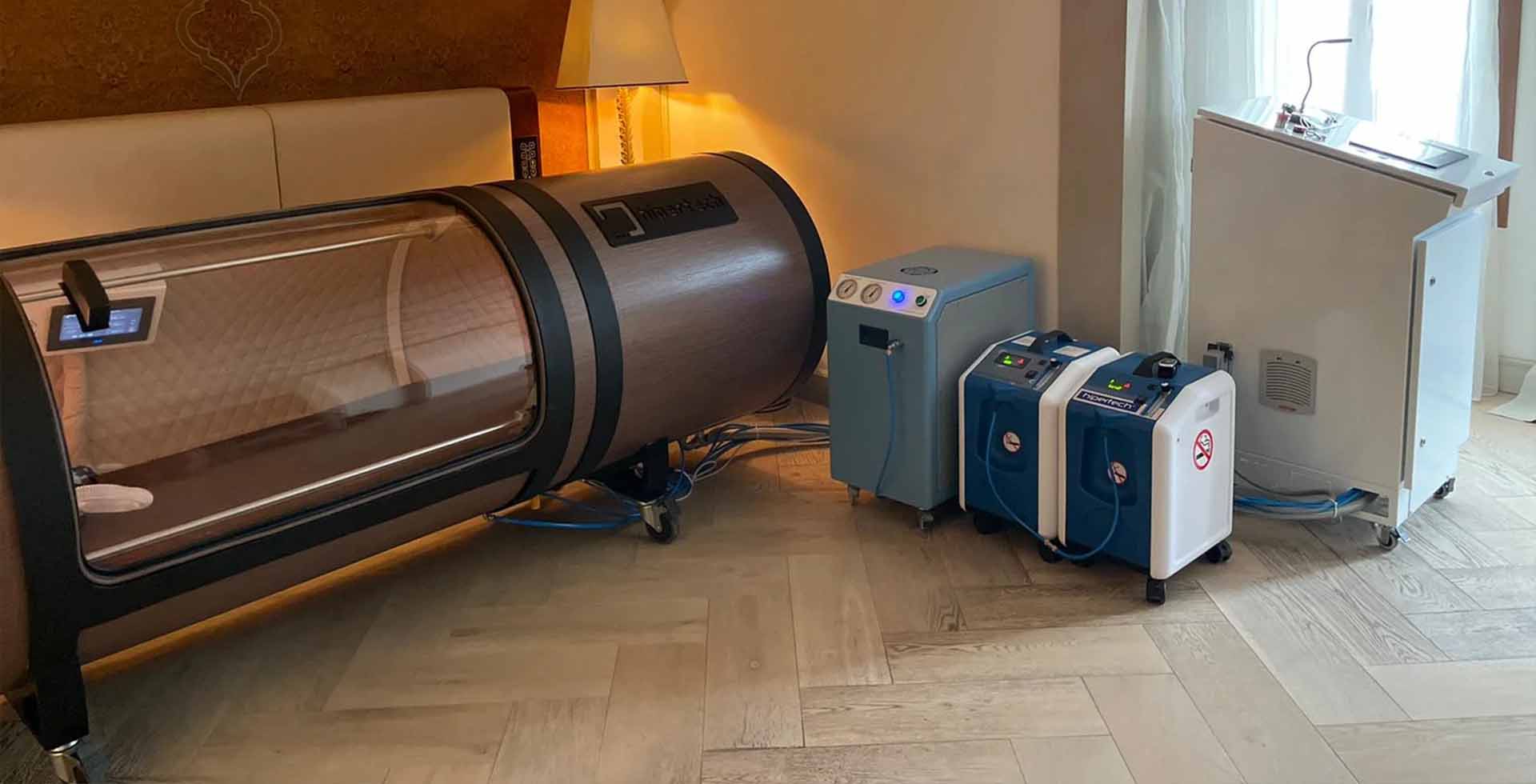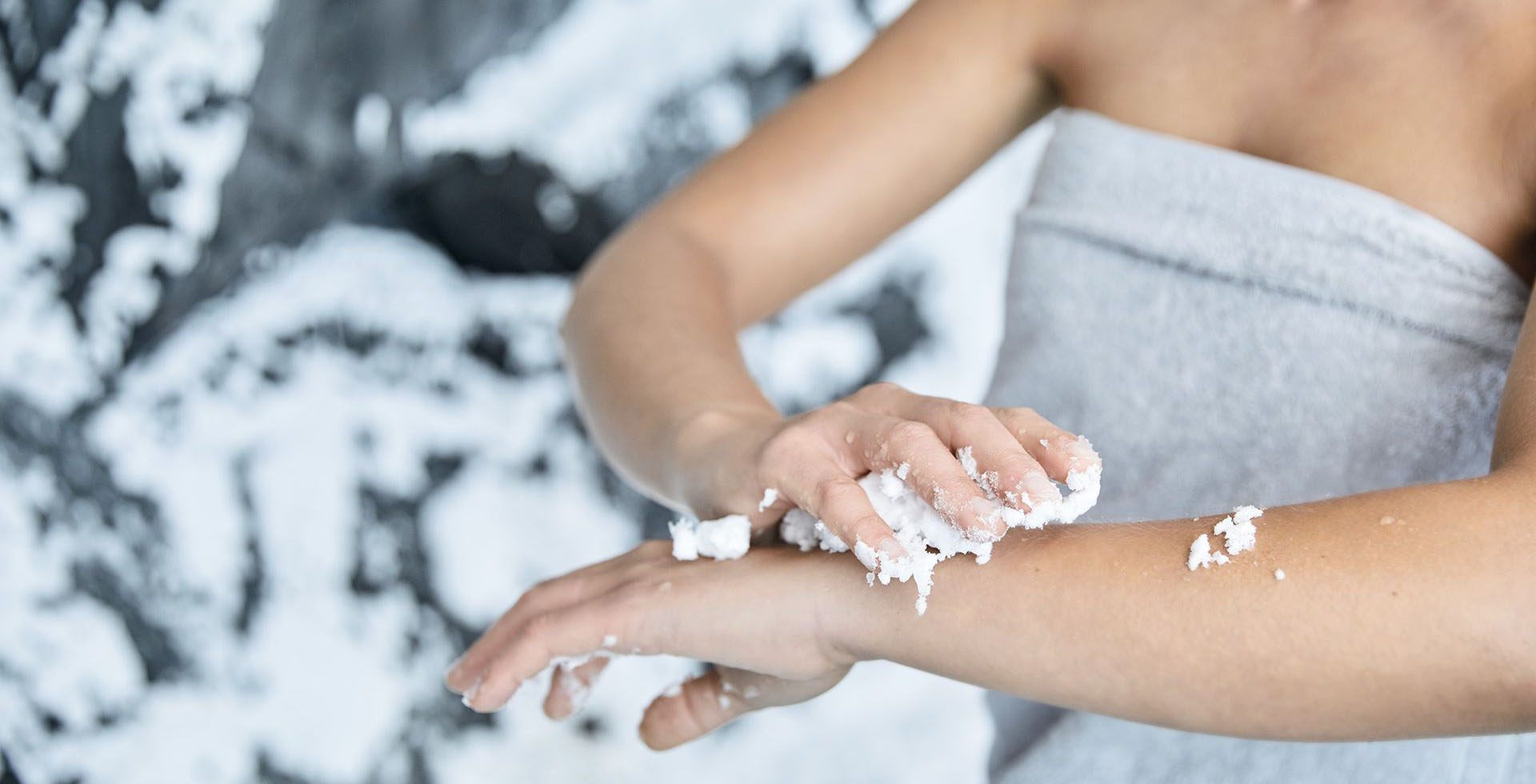
What Is Thermal Spa Design in 2025?
What Is Thermal Spa Design in 2025?
What Is Thermal Spa Design in 2025? Thermal spas are leading the global wellness trend, offering therapeutic relaxation by combining ancient healing traditions with modern luxury. From athletes and wellness travelers to business clients and everyday guests, thermal spas attract a broad audience seeking physical and mental renewal.
However, building a thermal spa requires deep expertise in architecture, engineering, water management, and customer experience design. In this comprehensive guide, we’ll explore the essential elements of thermal spa design and how Saunadekor ensures your project’s success with a strategic, turnkey approach.
What Is Thermal Spa Design?
Thermal spa design involves the architecture, interior planning, and engineering of wellness spaces that utilize geothermal or naturally heated mineral waters. These facilities stand apart from standard spas by incorporating healing waters into their core offering.
Key factors of a well-designed thermal spa include:
-
Water flow and circulation
-
Temperature control
-
Humidity management
-
Safety and hygiene compliance
-
Guest comfort and atmosphere
-
Energy efficiency and sustainability
At Saunadekor, we combine science, design, and function to craft remarkable thermal spa experiences.
Why Thermal Spas Are Growing in Popularity
-
Shift toward natural wellness solutions over synthetic treatments
-
Widespread awareness of mineral-rich water benefits (e.g., circulation, detox, stress relief)
-
Increasing demand for eco-conscious travel
-
Wellness tourism is projected to reach $1.8 trillion by 2025
-
Hotels, resorts, and clinics seeking competitive differentiation
A well-designed thermal spa can increase your property’s market appeal, guest retention, and revenue.
Key Components of Thermal Spa Design
1. Master Planning and Architecture
Every project begins with careful site planning to optimize:
-
Indoor/outdoor pool placement
-
Sunlight exposure and airflow
-
Flow between public and private areas
-
Welcoming entry zones and lounge spaces
Thermal spas often use organic shapes, earthy materials, and water-focused aesthetics to create harmony with nature.
2. Water Engineering and MEP Systems
This is the technical core of a thermal spa project. Engineers and spa designers work together to ensure:
-
Water temperature control (typically 32°C to 42°C)
-
Proper circulation and filtration
-
Chemical balance for guest safety
-
Energy-efficient water heating/cooling systems
-
Avoidance of stagnant water zones
Saunadekor designs and installs world-class water systems tailored to spa needs.
3. Materials and Finishes
Durability and sensory appeal are both critical. Materials must:
-
Be non-slip and mineral-resistant
-
Tolerate high humidity and heat
-
Include premium glass, wood, and natural stone for a luxury feel
-
Use anti-corrosive fittings and moisture-proof surfaces
We source long-lasting finishes that retain beauty even with constant thermal exposure.
4. Thermal Circuit Design
An immersive thermal circuit guides guests through sensory contrasts, including:
-
Warm and hot thermal pools
-
Cold plunge baths for stimulation
-
Saunas and steam rooms for detoxification
-
Relaxation lounges for rest and integration
Add-ons such as Kneipp paths, salt therapy, or aroma showers enhance the experience.
5. Sustainability and Energy Optimization
Because thermal spas consume energy, eco-conscious design is essential from the start:
-
Harnessing geothermal energy where possible
-
Using solar thermal panels for water heating
-
Installing high-efficiency pumps and heat exchangers
-
Heat recovery systems
-
Smart BMS (Building Management Systems) for energy regulation
Geothermal spa design opens the door to carbon-neutral wellness resorts.
Indoor vs. Outdoor Thermal Spa Considerations
Indoor Spaces
-
Provide year-round operation
-
Enable immersive lighting and scent experiences
-
Offer controlled environments and privacy
Outdoor Areas
-
Create breathtaking views and biophilic immersion
-
Integrate landscape elements seamlessly
-
Support all-season operation with proper planning
Saunadekor designs fluid transitions between indoors and outdoors for an unforgettable guest journey.
Innovations in Thermal Spa Design
Biophilic Design
Incorporating natural elements—wood, water, plants, and stone—to boost mental well-being.
Multisensory Experience
Combining light, scent, temperature, and acoustics to heighten the therapeutic effect.
Personalized Wellness Spaces
Modular design that adapts to individual wellness journeys.
Social Wellness Zones
Outdoor pools, group hydrotherapy, and lounges for shared relaxation.
Medical Wellness Integration
Combining clinical treatments (e.g., physiotherapy, hydrotherapy) with thermal spa offerings to widen target clientele.
Saunadekor Case Studies
1. Central European Luxury Thermal Resort
-
2000 m² indoor/outdoor spa space
-
Six mineral pools at varying temperatures
-
Panoramic relaxation areas
-
Energy systems cut operating costs by 35%
2. Boutique Geothermal Spa in Iceland
-
Volcanic landscape integration
-
Outdoor thermal pools with Northern Lights visibility
-
Minimalist architecture using local materials
3. Middle Eastern Urban Wellness Center
-
Compact thermal spa for city business guests
-
Hybrid layout: saunas, hammams, and hot tubs
-
Focused on stress relief and premium amenities
The Saunadekor Thermal Spa Process
Our approach combines creativity, engineering, and business acumen:
-
Concept Development
-
Define target audience, brand identity, and wellness goals
-
-
Feasibility and Site Analysis
-
Assess local energy sources, legal regulations, and water supply
-
-
Master Planning & Space Programming
-
Optimize guest flow and ROI
-
-
Interior Design & Architecture
-
Create branded, immersive design concepts
-
-
MEP Engineering Coordination
-
Ensure optimal performance of energy and water systems
-
-
Construction and Fit-Out
-
Deliver full-service turnkey spa buildouts
-
-
Post-Launch Optimization
-
Improve guest experience and operational efficiency
-
What Does a Thermal Spa Cost?
Pricing varies by scope, size, and level of luxury. Key benchmarks:
-
Design & Concept Development: 5–12% of total construction cost
-
Construction Cost Range: €1500–€5000 per m² for high-end thermal spas
-
Systems & Equipment: 20–40% of total project budget
Saunadekor provides transparent, customized quotes aligned with your vision.
Why Choose Saunadekor for Your Thermal Spa Project?
-
✪ Over 15 years of experience in spa and wellness design
-
✅ In-house architecture, engineering, and fabrication
-
✅ End-to-end development capabilities
-
✅ Projects completed across Europe, Asia, and the Middle East
-
✅ Expertise in hospitality and medical wellness integration
Our mission is simple: help you build a thermal spa that inspires guests, elevates your brand, and drives long-term profitability.
Final Thoughts: Crafting the Ultimate Thermal Spa
Designing a thermal spa requires both precision and passion. From water engineering and sustainability to luxury guest experience, every detail must be thoughtfully aligned.
With Saunadekor as your partner, you’re not just building a spa—you’re creating a world-class wellness destination.
Ready to bring your concept to life?
📩 Contact Saunadekor today to start your journey to an extraordinary thermal spa experience.

